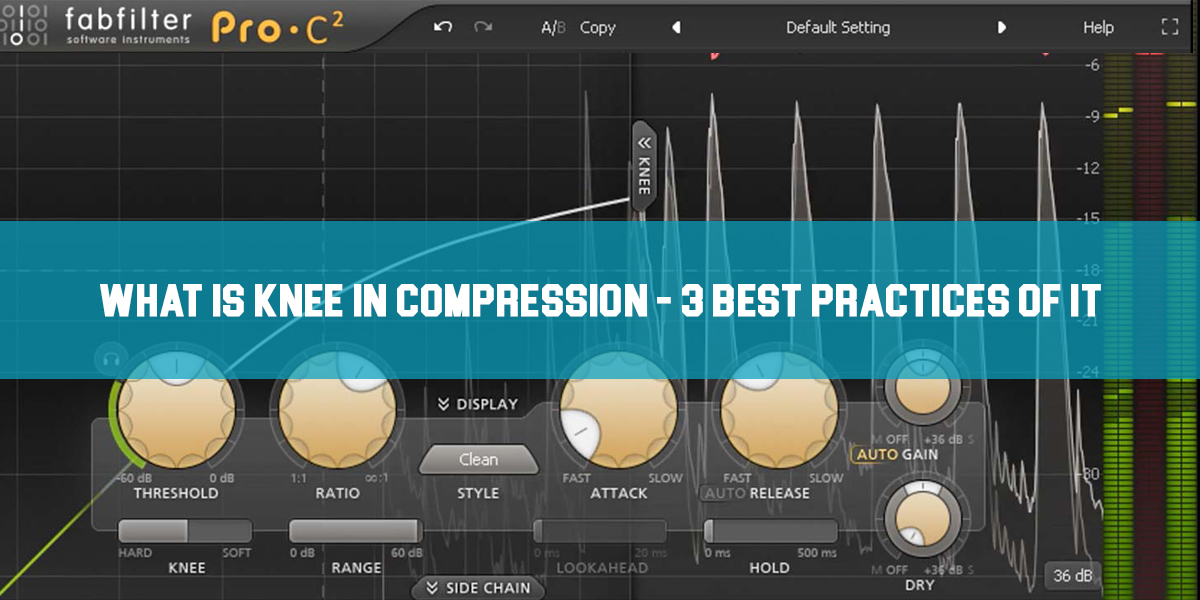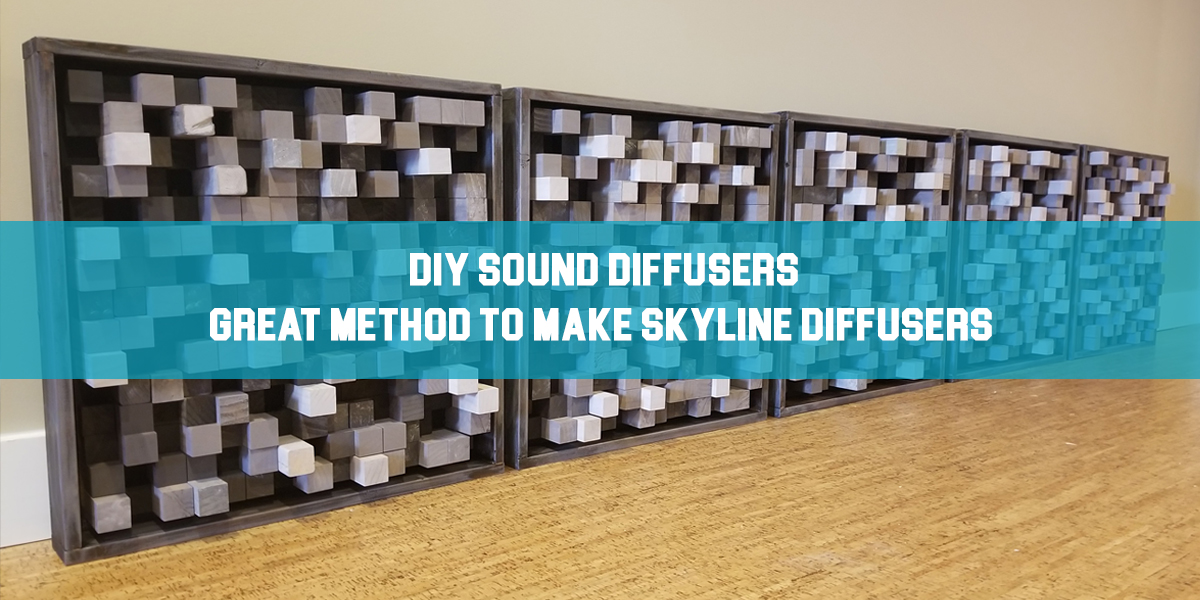10 EQ Mistakes That Everybody Made!
Introduction
In music production, EQing is a crucial part of any mix. The biggest mistake you can make is forgetting to use EQ at all. The second biggest mistake is using it way too much.
EQ seems simple when you first start out. A little boost here, a quick cut there—and suddenly your mix should sound better, right?
But for most of us, it’s not that easy when we actually try it. In fact, we made all sorts of mistakes when we started EQing—mistakes we thought were unique to us. Turns out, we weren’t alone.
Make sure you’re not falling into these common EQ traps that trip up both new and experienced producers.
Below, we’ve listed 10 EQ mistakes you should watch out for. They’re not in any specific order, and each one is important—so give them all your attention!
1. Do not Let the EQ Fool You!
Every mixing choice you make causes your ears to get used to the new frequencies and tones. The mix starts to sound much better than before, so it’s tempting to add a little more EQ, and then a little more…
If you find yourself doing this, stop. Bypass the plugins and listen closely to the tracks and the whole mix to make sure your choices truly made a positive difference. You should always use EQ to fix a problem—if there’s no clear goal, you probably don’t need to EQ at all.
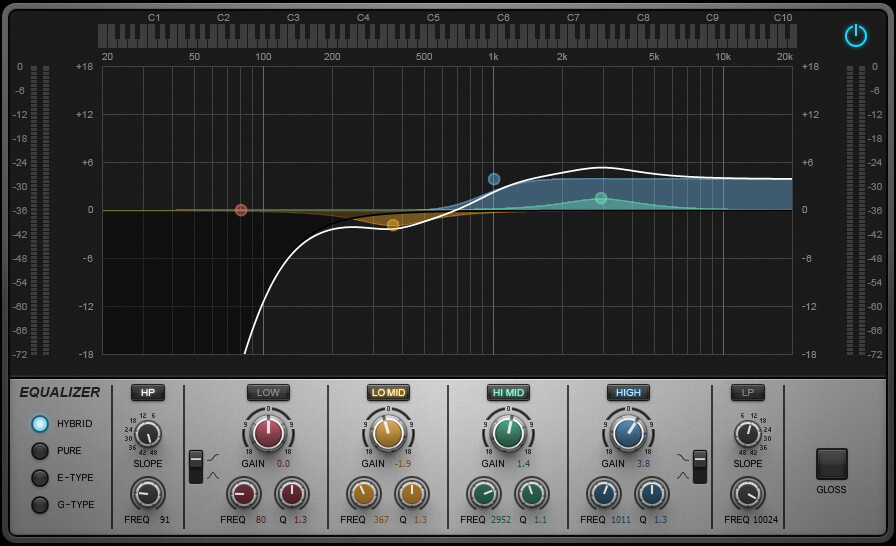
2. Isolating an EQ Band
One way to compare your low-end is to place an EQ plugin on your mix bus and use a low-pass filter to isolate just the low frequencies.
Create another track with your reference song, level-match it to your mix, and add the same EQ plugin with a low-pass filter to this track as well.
Solo each track and switch between them to compare the low end of your mix to the reference. ADAPTR Metric AB has this feature built-in, or you can use a free plugin called ISOL8 that does the same job.
3. Learn to Recognize Frequencies by Ear
For a long time, we thought we just weren’t able to identify problem frequencies by ear. It seemed like something you had to be born with, so we didn’t even bother trying to train our ears.
But, with some time and effort, we realized it wasn’t as hard as we thought.
Being able to figure out frequencies is extremely helpful. You can identify problem areas just by listening, instead of always sweeping through and guessing.
For example, if a kick drum sounds like someone hitting a cardboard box, ear training tells us we can fix that by cutting between 300 and 500 Hz.
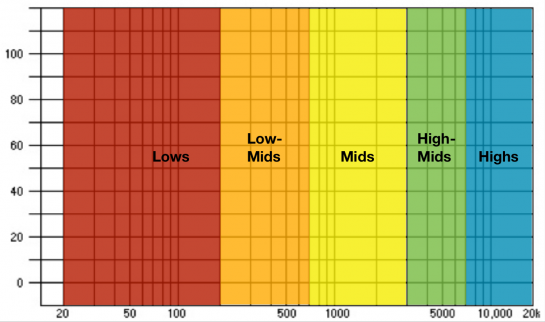
4. Focus on the Mid Frequencies
As mixers, we love to push the limits of the frequency spectrum. We get obsessed with achieving deep, floor-shaking bass and sparkling, crystal-clear highs.
But too often, we overlook everything in between. The midrange is where the heart of most instruments lives. And the irony?
What we ignore is actually what matters most. The midrange holds the core of most instruments. It’s also where our ears are most sensitive. Most importantly, it’s the part of the frequency spectrum that stays the most consistent across different speakers.
5. Too much High End? Not good!
On the flip side, boosting the higher frequencies can really shape your mix. Raising the levels in the upper midrange (around 4–8 kHz) and the higher treble (about 8–12 kHz) brings more clarity and crispness to the overall sound. In busy mixes, this helps the details of different tracks shine through.
But while this extra clarity can be appealing, it’s easy to go too far. Overdoing the high end can make your mix sound too bright, harsh, or even sibilant, which can tire out the listener. Plus, the more you boost these frequencies, the thinner your mix may start to feel.
You don’t need to give up warmth and fullness just to get presence and detail. The best-sounding mixes have a good balance between the two.
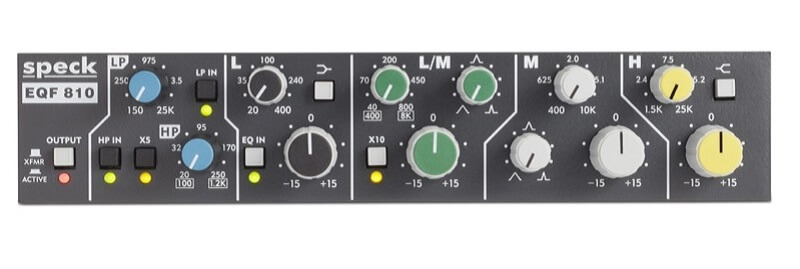
6. EQing in Solo? – Work in Context!
This is probably the biggest mistake we can point out right now. Others might mention it too—heck, you’re sharp; you’ve probably read similar articles and seen this brought up before. Maybe you’re even expecting us to talk about it, and you’re wondering why it’s only showing up three hundred words in.
The issues with EQ’ing a track in solo are well known: You start tweaking a track without hearing how it fits into the bigger picture, and this almost always leads to unnecessary problems later on.
Most of the time, you end up over-processing or boosting certain frequencies too much, and when you put the soloed track back into the mix, it clashes with the vocal, the snare, or some other key element.
So here’s the real question: If everyone knows this is bad practice, why do we keep falling into the same trap? Why does every article and tutorial on EQ mistakes bring it up? Probably because it’s the worst mistake you can make!
7. Fix the EQ in the Elements, Not on the Mix Bus!
Don’t use extreme EQ on the Mix or Master bus. Instead, find the source of the problem and fix it there. Mastering engineers usually only have a stereo mix to work with, so they have to slice and boost frequencies with limited options.
As mixers, we have so many more choices! If you notice a build-up of ‘mud’ in the mix, track down where it’s coming from. This usually happens in the low-mid range, around 250-450Hz, and is often caused by drums.
If your mix sounds too bright, figure out what’s causing it. Most of the time, it’s because there’s too much 3-5kHz in the instruments or vocals. Try lowering this range to fix the problem.
8. Treat your Room and Calibrate your Monitors!
We’ve said it before, but it’s worth repeating: Trying to mix (or master) music while listening through inaccurate speakers in a room that isn’t acoustically treated is like trying to paint a picture while wearing sunglasses that are dirty and covered in smudges.
A muddy mix usually happens because you’re compensating for listening on small speakers that don’t have enough bass. On the other hand, if your mix sounds thin and lacks punch, it’s often a sign that your room has strong “nodes”—resonant low-end frequencies that are common in untreated spaces.
The solution? Always invest in the most neutral-sounding speakers you can afford, and make sure to set up at least some basic acoustic treatment in your room, such as bass traps and diffusers.
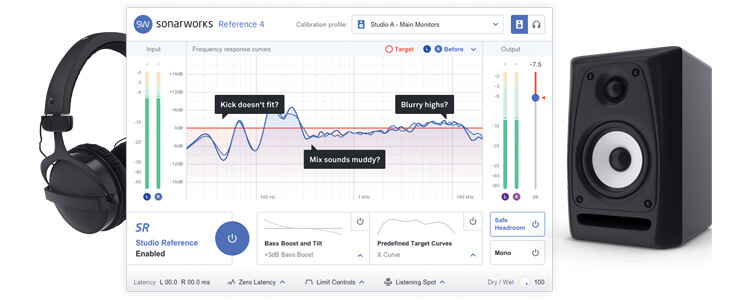
9. Use both Subtractive and Additive EQing!
We made this mistake for quite a while. After reading an article that claimed it was the best way to mix, we started trying to finish every mix by only using EQ to cut frequencies, never boosting them.
If that’s how you mix and it works for you, that’s great! But we’ve found we get much better results by using both subtractive and additive EQ.
If you want to make a sound brighter, you can’t do it with only subtractive EQ. You have to grab a high shelf and turn up those higher frequencies where the brightness lives.
Additive EQ is also really helpful when pocket EQing. Pocket EQing is when you make small boosts and cuts to instruments that share the same frequency range so they fit together better.
10. You EQ Just Because!
EQing might seem tricky, but it’s actually pretty simple. The whole process can be broken down into four steps:
- First, you notice a problem.
- Next, you think of ways to fix that problem.
- Then, you try out your solution.
- Finally, you check if you’ve actually solved the issue.
When you’re mixing, step one should always come first. You should always be trying to fix a real problem. The danger comes when you skip steps—when you start fixing issues that aren’t there.
If you start making changes for no reason, you’re heading in the wrong direction. Before reaching for an EQ, ask yourself: what problem am I trying to solve? If you can’t answer that, skip the plugin.
Conclusion
All of these issues are pretty common when you’re just starting out with mixing. Trust us—our earliest mixes had most of these problems too! But the more mixing you do, the more your ears develop an internal sense of what sounds right, what’s the ideal EQ, and what’s a bit too much. That intuition comes with experience.
In the meantime, paying a little extra attention to common EQ mistakes can help you get the best mixes possible. EQ is an essential part of any mix and a delicate art. Check if you’re overdoing it or making any of these simple errors in your EQ process. Avoid a mix that sounds muddy, boxy, or harsh, and optimize your EQ workflow by steering clear of these pitfalls we’ve mentioned.

